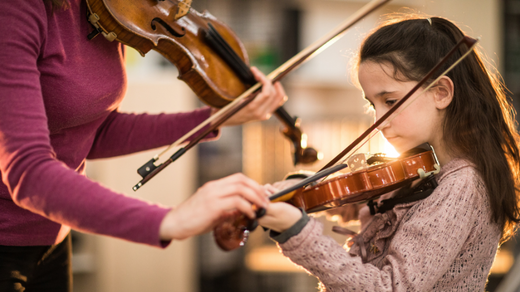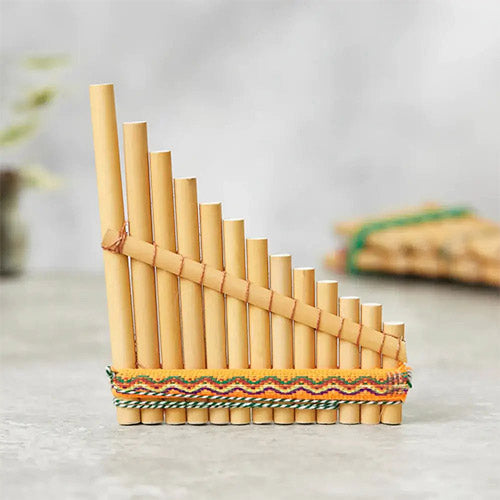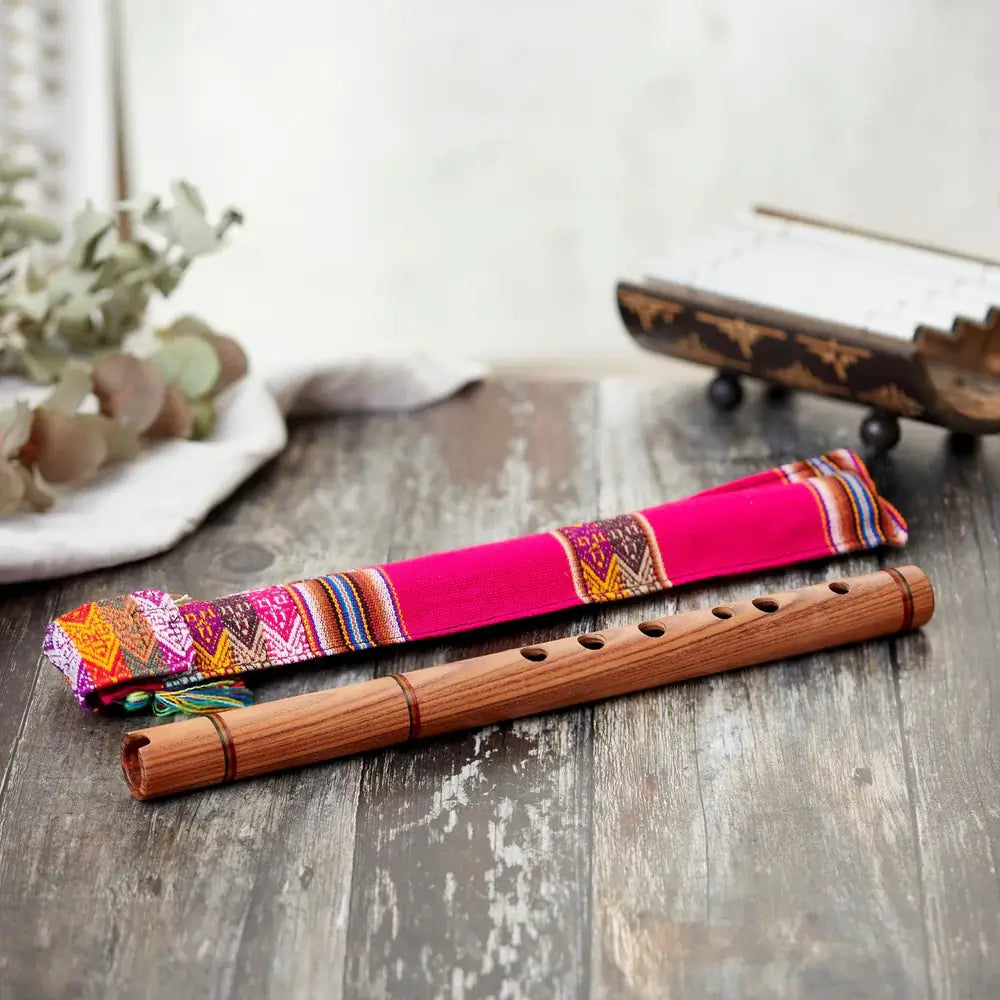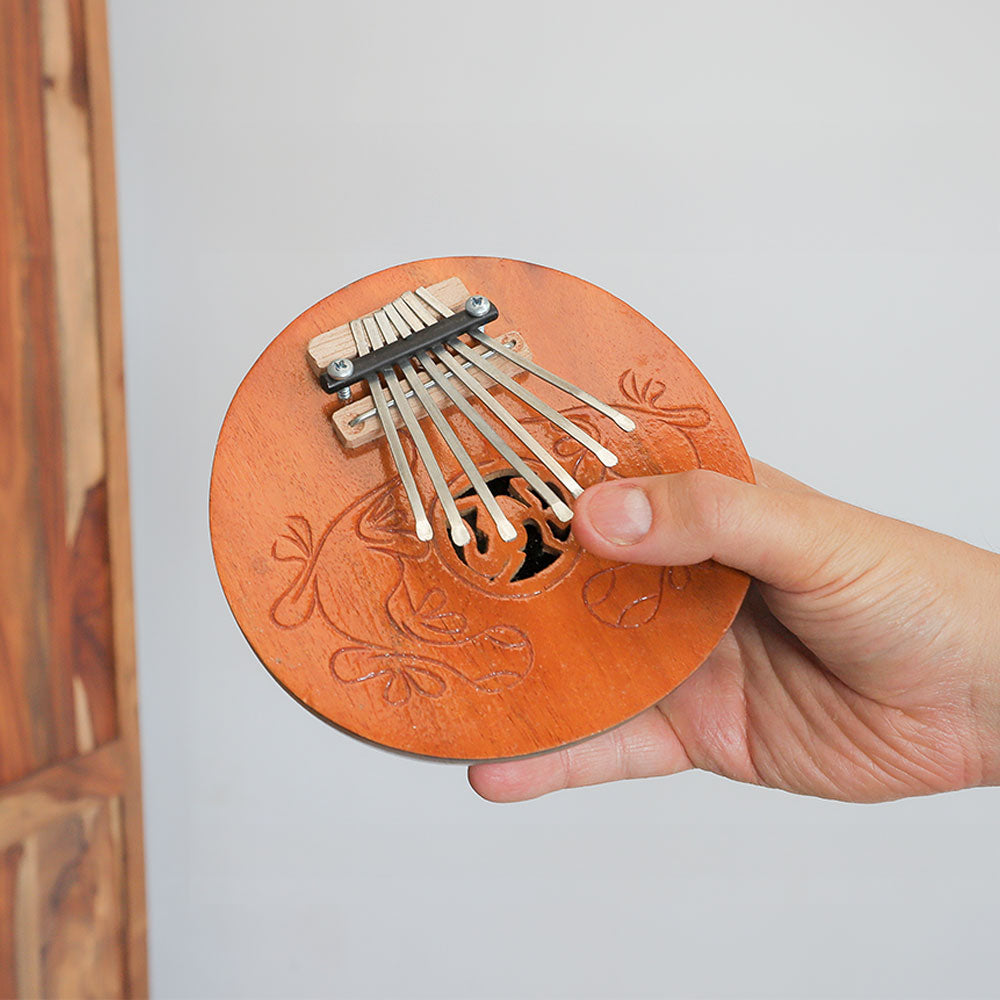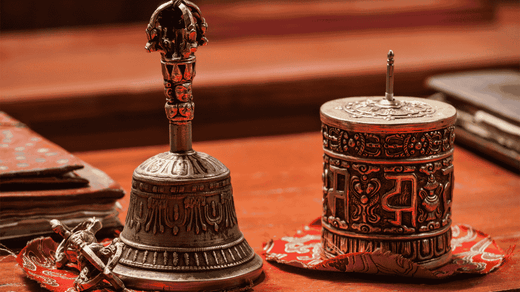When deciding what violin to purchase, it's important to take a few aspects into consideration. A beginner can find it difficult to decide which one to pick, although this guide will help you and provide you with some interesting information. A range of factors will be discussed in this article, which includes the features of different violins and other key points.
This information is for any violin beginner, whether you are an adult or child or a student. It will allow you to make an informed choice and help you on your musical journey.
Different types of violins for beginners

Beginners choosing a violin can select from affordable student models made of tonal woods like maple and spruce, ideal for learning. For children or those with smaller hands, fractional sizes from 1/16 to 3/4 ensure proper posture and comfort as they grow. If unsure about committing, renting violins offers a flexible, low-cost option with monthly plans and upgrade possibilities. Rental packages often include all essential equipment—violin, bow, case, and accessories—making it a practical choice for new players.
Factors to consider when buying a beginner violin
When buying a beginner violin, focus on materials like spruce and maple for good sound, and ensure the craftsmanship is solid with a smooth varnish and fingerboard. Tonal quality matters for a more enjoyable learning experience, so look for a warm, resonant sound.
Playability is key, so check the string height and overall setup for comfort.
Posture is important when you play the violin, so pick a size that suits your frame. There are adult and children sizes that are available. There are a range of brands to choose from, but if you select a reputable brand, this will ensure you are able to practice on a reliable violin.
Setting a budget for your first violin

Setting a budget for your first violin balances quality and affordability.
Violins for beginners can range in price, and generally, the high-priced ones will offer better playability. The price ranges from $100 to $500, which can be a lot to pay out for if you are not sure if you are keen on the violin. Although, if you are planning on playing the violin on a long-term basis, purchasing a violin would be the most cost-effective option.
If you are new to playing the violin and not sure how it will pan out, it would be beneficial to rent a violin instead. The rental prices range from $15 to $50 per month. This will give you the ability to experience the violin to see if it is an instrument that you enjoy playing. You may find that a violin package is a good option for you. They include the violin, case, bow, and accessories that you will need; this is a budget-friendly option.
Where to buy a beginner violin
When buying a beginner violin, first set a clear budget to guide your options. You can purchase from local music stores, which let you try the violin and get expert advice, or from online retailers offering competitive prices, detailed descriptions, reviews, and video demos.
Specialty violin shops, both physical and online, provide personalized recommendations, while working with a local luthier can offer custom, high-quality instruments. Many stores also offer rental programs to try before buying. Always inspect the violin’s quality and check for warranties and return policies to ensure confidence and peace of mind.
How to choose the right size violin for beginners

Selecting the right size of violin is vital and this applies to both adults and children. This will help you have a comfortable and practical learning experience. An incorrectly sized violin can cause poor posture, hand positioning, and injury. This guide helps beginners find the correct size, with fractional sizes available for children:
- 1/16 size: for children 3-5 years old
- 1/10 size: for children 4-6 years old
- 1/8 size: for children 5-7 years old
- 1/4 size: for children 6-9 years old
- 1/2 size: for children 8-11 years old
- 3/4 size: for children 10-13 years old
- Full-size (4/4): for most adults and children over 13 years old
There are various factors that you need to consider when buying a child's violin. This includes the height of the child, age, arm length, neck length and hand size. It's important that they can reach the fingerboard with ease so that they can develop their violin skills.
As children grow, they may need to transition to a larger size, so regular checks are needed. This ensures that they are able to play the violin correctly and whilst in comfort. A 4/4 violin is usually the best choice for adults, but individual body variations may require adjustments.
Essential accessories for beginner violinists
Essential accessories for beginner violinists include a sturdy case to protect the instrument during storage and transport, and a choice of bows like Brazilwood or fibreglass, which produce good sound—rosin enhances tone. Shoulder rests improve posture and comfort, while a tuner or tuning app keeps your violin in pitch.
A music stand holds sheet music for easy viewing while playing. Regular maintenance, such as cleaning with a soft cloth and applying rosin to the bow, helps prolong your violin’s life. A metronome aids timing and rhythm, boosting your overall playing experience. These accessories support both the care of your violin and your development as a player.
Tips for trying out and testing beginner violins

When selecting a beginners violin, it's key to adapt a hands-on testing approach. Start by playing the violin or having an experienced player, and listen closely to the tone and resonance. Ensure the violin is comfortable to play, has smooth string height, a smooth fingerboard, and responsive playability. Inspect the craftsmanship for even varnish, smooth surfaces, and well-fitted parts—minor flaws are acceptable, but significant defects suggest poor quality.
To make sure the violin produces a balanced sound, you will need to check the tonal consistency of it. If you are unsure, it's best to speak with a professional and always take your time when deciding which violin to purchase. Using these tips will help you to get a violin that suits your needs.
Common mistakes to avoid when buying a beginner violin
Common mistakes to avoid when buying a beginner violin include rushing the decision and not seeking expert advice, which can lead to choosing an instrument that doesn’t suit your needs or skill level. Prioritize quality, as a well-made violin produces better sound and makes learning easier.
Avoid buying the wrong size, since an ill-fitting violin can affect your posture and playing comfort. If possible, test the violin in-store to ensure it feels right. Take your time with the purchase, as it’s a significant investment. Also, remember to select the right accessories to support your progress and enjoyment.
Tips for choosing your first violin
When buying your first violin, consider renting for flexibility or buying for ownership. Beginner violins cost $100–$500 and are available online or in stores—trying one helps ensure a good fit. Essential accessories include a case, bow, rosin, shoulder rest, tuner, and cleaning supplies, often in convenient packages. Annual professional setups keep your violin in top condition. As skills grow, trade-in or upgrade programs allow cost-effective moves to better instruments.

